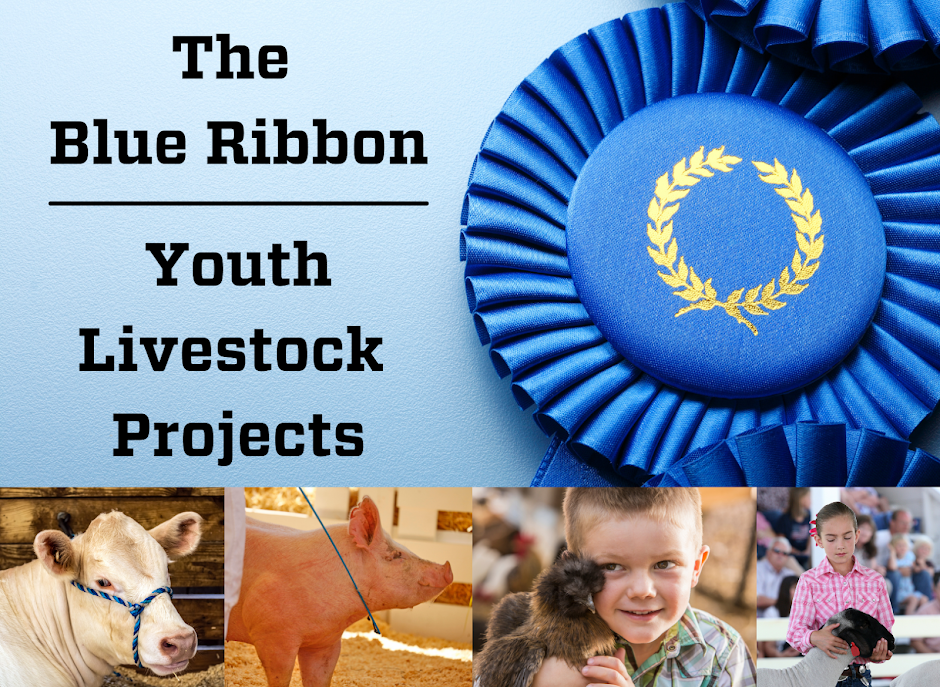The rumen does not actually do any digestion but acts as an
environment for some special little critters to do some digestion for the
animal. Living in the rumen are trillions and trillions of micro-organisms we
lovingly refer to as “bugs”. They include bacteria, fungi and protozoa who like
to digest the grass, hay and grain the cattle, sheep or goat eats. In just 1
ounces of fluid from the rumen there are over 1 trillion (1,000,000,000,000)
micro-organisms living and digesting food.
The rumen provides a perfect environment for these bugs.
Inside the rumen it is warm (near or above 100 degrees), it is dark (sunlight
can’t get inside an animal), moist (the rumen is full of water), free of oxygen
(the air they breath should be in the lungs) and has a proper pH level
(slightly acidic is best). And most importantly, there is food to eat! When a
ruminant animal takes a bite of grass, hay or grain, it travels down the
esophagus and to the rumen. The bugs in the rumen start breaking down these
items into simpler nutrients the animal can absorb and use.
Since these little critters are helping to provide nutrients
to your livestock you need to be nice to them. First, they are picky eaters and
like certain foods. Some may like parts of grass and hay, others like to eat
parts of grain. The more of a specific food they get, the larger the population
of those type of bugs are in the rumen. If what the animal eats changes
rapidly, the bugs may not be ready.
Let’s say you go take your animal from grazing on grass and
start them on a grain diet. In the rumen, the grass eating bugs begin to starve
and die out, and there are not enough bugs present to digest all the grain they
now have to eat. Your animal then gets some digestive troubles. They may go off
feed, bloat or get the scours because they do not have the micro-organisms in
the rumen to digest the food they are eating. Not Good! To be good to these
bugs, feed changes should be made slowly. Going from grass and/or hay to grain
should be done over 10 to 20 days by slowly feeding a little bit more grain
every day and taking away a little of the hay or grass. You can also help to
introduce a new population of bugs by giving your animal probiotics.
Another common problem I see is animals not getting enough
water. The bugs in the rumen need water to do their digestive work. Some like
to be on the surface of the rumen fluid and others down below. If an animal
becomes dehydrated, some of the bugs can begin to die, again leading to more
troubles. Be sure animals have access to good, clean water at all times.
The last thing to remember is be consistent in your feeding.
The bugs do not have long lives and cannot wait long periods to be fed. And
they cannot handle a sudden increase in feed either. You need to be consistent
in your feedings. Feed the correct amount of feed twice daily at intervals that
are 8 to 12 hours apart. If you run out of feed and miss a feeding, do not double
up on the next one. It can create the same problems as a sudden change in feed.
If you need to be gone, do not feed too quickly between feedings. Try and find
someone to feed for you at your normal time. They may need the same help in the
future, so you can trade this chore out.
Remember, take care of those bugs who are taking care of
your animals.
Scott Stinnett
Extension Agent
Kit Carson County
Golden Plains Area
Colorado State University Extension
Extension Agent
Kit Carson County
Golden Plains Area
Colorado State University Extension
